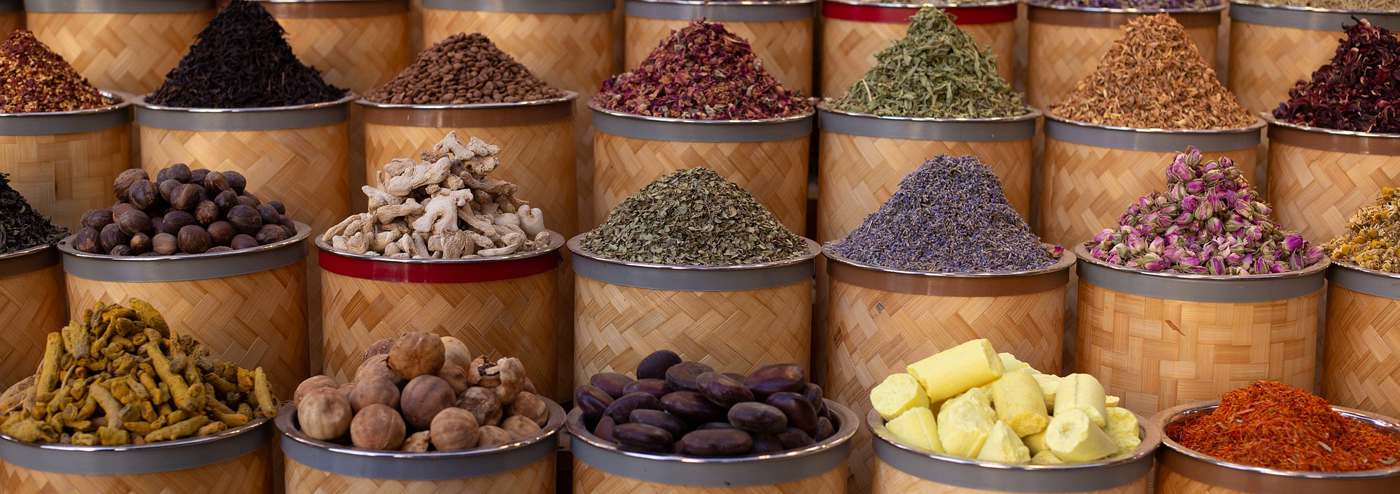Various types of dryers flood the market today, ranging from home-friendly models to professional industrial drying systems. Drying fruits, vegetables, mushrooms, berries, and herbs has long been a common practice for convenient storage, transforming raw materials into compact, long-lasting forms. Many products are now exclusively consumed in their dried state.
A recent trend in dehydrator use revolves around crafting healthy snacks such as fruit chips or "frips," offering a nutritious option for both children and adults. Fruit leather production has even become a standalone sector in some countries' confectionery industry, showcasing a plethora of recipes and desserts derived from fruit leather made out of various fruits and berries.
Dried meat, known as jerky, is also gaining traction in the snack market, alongside a variety of dried fish snacks popular in Eastern countries, particularly enjoyed with beer.
All these products share a common technology - dehydrating, sometimes referred to as simply drying, especially when applied to meat and fish.
Stringent hygiene and drying time requirements for vegetables and fruits have driven the search for design solutions that implement drying conditions in spaces with intense heat sources.
When selecting a dehydrator, drying time and energy efficiency become pivotal considerations. Three main types of dryers/drying cabinets exist, depending on the drying method: hot air, infrared, or condensation dryers.
The most straightforward and economical method involves drying with dry hot air, although with longer drying times and a relatively short shelf life for the final product. This type of a dryer may suffer from uneven drying due to inconsistent air flow.
Infrared dryers, utilizing infrared emitters inside the drying chamber, emit directional thermal radiation to the product on the shelf/tray, mimicking sunlight. This method boasts the highest drying speed, surpassing natural drying by over 20 times and being at least three times more efficient than convective drying.
Infrared emitters are strategically placed close to and above the product, enabling the effective transmission of thermal radiation with a low temperature of the radiation source. These conditions ensure the preservation of up to 95% of vitamins, nutrients, and amino acids, akin to a fresh product. The 'soft' effect even allows for temperature-sensitive products to be dried, achieving sterility at lower temperatures and extending the shelf life by approximately one season.
This drying method finds extensive use in the food industry due to its efficiency in handling various products.
For the most energy-efficient drying, a novel technology based on a heat pump has emerged, ensuring a 'cold' drying process for products with minimal energy costs.

















